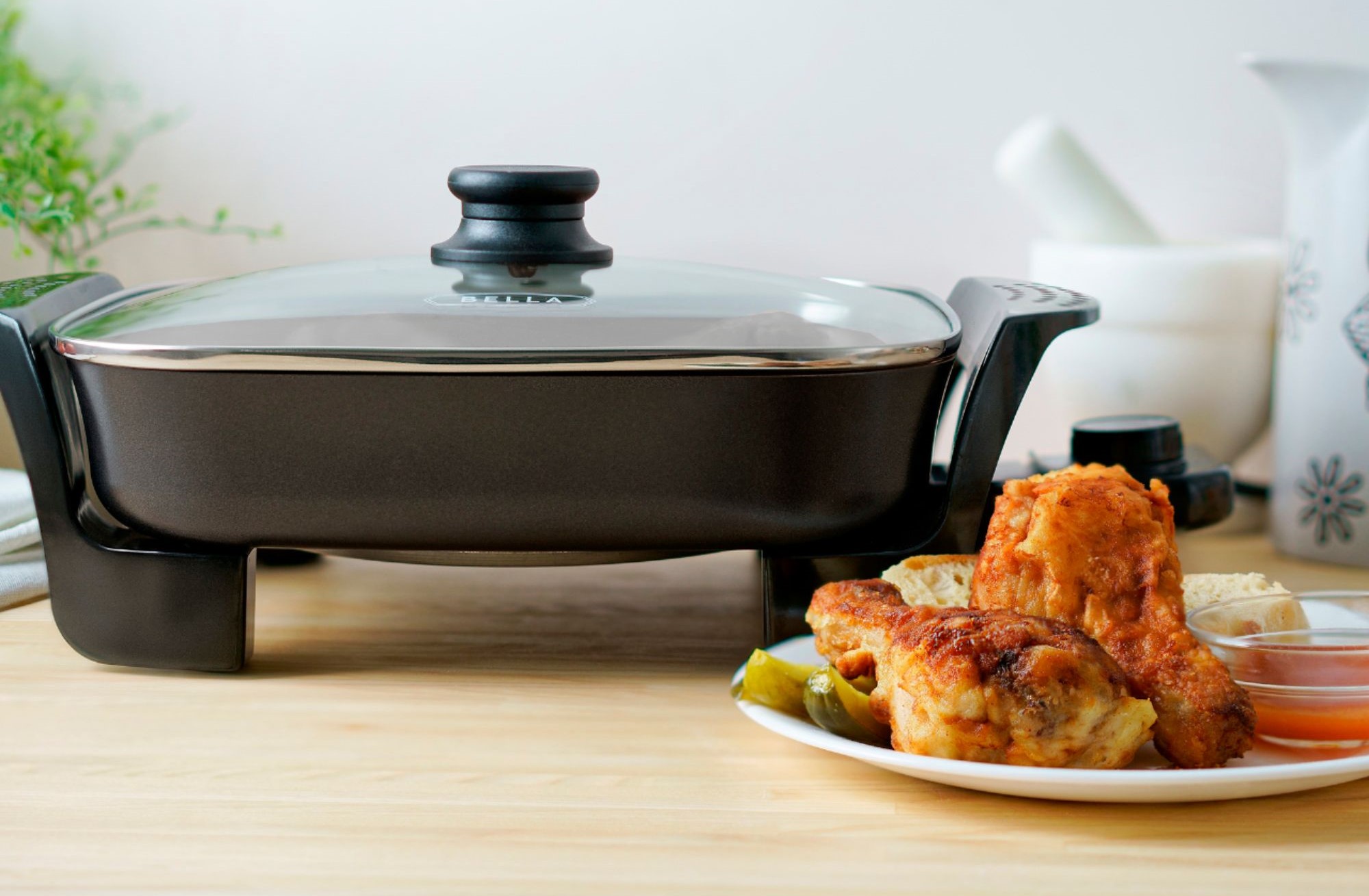

Articles
How Many Amps Does An Electric Skillet Use?
Modified: January 19, 2024
Discover the energy consumption of electric skillets in this informative article. Learn how many amps these versatile kitchen appliances use and make an informed choice for your cooking needs.
(Many of the links in this article redirect to a specific reviewed product. Your purchase of these products through affiliate links helps to generate commission for Storables.com, at no extra cost. Learn more)
Introduction
Electric skillets are a convenient and versatile kitchen appliance that has gained popularity in recent years. They offer a quick and efficient way to cook a variety of dishes, from stir-fries to pancakes. One common question that arises when using an electric skillet is how many amps it uses.
Understanding the electrical requirements of your electric skillet is important for several reasons. Firstly, it allows you to ensure that your kitchen circuit can handle the power load of the appliance. Secondly, it helps you estimate the energy consumption and cost of using the electric skillet. In this article, we will delve into the world of electric skillet amperage to help you gain a better understanding of how many amps these appliances typically use.
Electric skillets are designed to provide consistent heat and temperature control, making them an efficient cooking tool. They are equipped with a heating element that converts electrical energy into heat, which is then transferred to the cooking surface. The power consumption of an electric skillet is dependent on several factors, including the wattage rating of the appliance, the cooking temperature, and the duration of use.
The wattage rating of an electric skillet provides an indication of how much power the appliance requires to operate. This rating can typically be found on the appliance itself or in the user manual. To determine the amperage of an electric skillet, you can divide its wattage by the voltage of your electrical system. In most households, the voltage is 120 volts, but it is always important to verify the voltage in your specific location.
Once you have determined the wattage and voltage, you can calculate the amperage by using Ohm’s Law, which states that amperage (I) is equal to power (P) divided by voltage (V), or I = P / V. For example, if your electric skillet has a wattage rating of 1500 watts and operates on a voltage of 120 volts, the amperage would be calculated as follows: 1500 watts / 120 volts = 12.5 amps.
It is important to note that the actual amperage may vary slightly depending on factors such as the efficiency of the heating element and any additional features on the electric skillet. Most electric skillets are designed to operate within a certain amperage range, which can typically be found in the user manual or product specifications.
In the next section, we will explore some of the factors that can affect the amperage usage of electric skillets and provide some tips for reducing amp usage to optimize energy efficiency and minimize costs.
Key Takeaways:
- Understanding the amp usage of electric skillets is crucial for managing energy consumption and ensuring kitchen circuit safety. Factors such as wattage, temperature, and duration of use impact amp usage, requiring a balance between energy efficiency and cooking needs.
- Implementing energy-saving strategies, such as using lids, preheating moderately, and utilizing off-peak hours, can effectively reduce amp usage in electric skillets. Prioritizing safety and proper maintenance is essential for optimal performance and cost savings.
Read more: How Many Watts Does An Electric Skillet Use
Understanding Electric Skillets
Electric skillets are a versatile and convenient kitchen appliance that can be used for various cooking tasks. They consist of a flat, non-stick cooking surface that is heated using electricity. Unlike stovetop skillets, electric skillets have built-in heating elements that provide even and controlled heat distribution.
One of the distinct advantages of electric skillets is their portability. They typically come with detachable power cords, allowing you to use them anywhere with a power outlet. This feature makes them ideal for camping trips, RV cooking, or any location where a stovetop may not be readily available.
Electric skillets are available in a range of sizes, from compact 6-inch models to large 16-inch models. The size you choose depends on your cooking needs and the space available in your kitchen. Smaller skillets are perfect for single individuals or couples, while larger skillets can accommodate larger families or when cooking for a group of people.
These versatile appliances offer a variety of cooking methods, including frying, sautéing, simmering, and even baking. They usually come with temperature control settings that allow you to adjust the heat to suit different recipes. This precise temperature control eliminates guesswork and ensures consistent cooking results.
Cleaning an electric skillet is relatively easy, thanks to its non-stick cooking surface. Most models are dishwasher-safe, but it is recommended to hand-wash them to prolong their lifespan. To clean, simply remove the heating element and wipe the skillet with a damp cloth or sponge. Be sure to follow the manufacturer’s instructions for proper cleaning and maintenance.
Safety is a crucial consideration when using electric skillets. Always ensure that the skillet is placed on a stable and heat-resistant surface before cooking. Avoid using metal utensils that can scratch the non-stick surface and cause damage. Additionally, it’s important to handle the skillet with oven mitts or heat-resistant gloves as it can become hot during use.
Overall, electric skillets are a versatile and convenient addition to any kitchen. They offer a quick and efficient way to cook a wide range of dishes, with the added benefit of portability. Whether you’re cooking a simple stir-fry or experimenting with more elaborate recipes, an electric skillet can help you achieve delicious results with ease. In the next section, we will explore the factors that can affect the amperage usage of electric skillets.
Factors Affecting Amp Usage in Electric Skillets
Several factors can affect the amp usage in electric skillets. Understanding these factors can help you optimize energy efficiency and ensure that your kitchen circuit can handle the power load of the appliance. Let’s explore some of the key factors that can impact the amperage usage of electric skillets:
1. Wattage Rating: The wattage rating of an electric skillet is a primary factor in determining its amp usage. Electric skillets with higher wattage ratings will generally draw more current and, therefore, consume more amps. It is essential to check the wattage rating of your electric skillet and ensure that it is within the capacity limits of your kitchen circuit.
2. Cooking Temperature: The temperature at which you use the electric skillet can also influence its amp usage. Higher cooking temperatures require more power to reach and maintain the desired heat level. Therefore, if you consistently cook at higher temperatures, the amp usage of your electric skillet may be higher compared to cooking at lower temperatures.
3. Duration of Use: The length of time you use the electric skillet can impact its amp usage. Electric skillets that are used for extended periods will draw more current and consume more amps. If you frequently use your electric skillet for long cooking sessions, it is important to consider the cumulative amp usage and its impact on your kitchen circuit’s capacity.
4. Additional Features: Some electric skillets come with additional features that can affect their amp usage. For example, skillets with built-in fans for air circulation may require more power, resulting in higher amp usage. Similarly, skillets with advanced temperature control systems or timers may draw additional current. Consider the impact of these features on amp usage when choosing an electric skillet.
5. Power Management: Effective power management techniques can help reduce the amp usage of your electric skillet. For instance, preheating the skillet for a shorter period or using a lower temperature setting can help conserve energy. Additionally, using lids or covers on the skillet while cooking can help retain heat and reduce the need for higher temperatures, thereby reducing amp usage.
6. Electrical Circuit Capacity: Lastly, it is crucial to consider the capacity of your kitchen circuit when using an electric skillet. Most household circuits are rated for 15 to 20 amps. If your electric skillet, along with other appliances in use simultaneously, exceeds the circuit’s capacity, it can lead to tripped breakers or circuit overloads. Ensure that your kitchen circuit can handle the total amp load to avoid electrical issues.
By considering these factors, you can gain better control over the amp usage of your electric skillet while cooking. This not only helps optimize energy efficiency but also ensures the safe operation of your kitchen appliances. In the next section, we will explore the typical amp range for electric skillets to provide you with a better understanding of their power requirements.
Typical Amp Range for Electric Skillets
The amp range for electric skillets can vary depending on factors such as the wattage rating, voltage, and design of the appliance. Understanding the typical amp range can help you determine if your kitchen circuit can handle the power load of the skillet and make informed decisions about energy usage. Here is an overview of the typical amp range for electric skillets:
Most electric skillets are designed to operate within an amp range of 8 to 15 amps. This range ensures that the skillets can provide sufficient power for cooking while remaining within the capacity of standard household circuits. However, it’s important to note that the actual amp usage can vary depending on the specific model and cooking conditions.
For example, a compact electric skillet with a wattage rating of 800-1000 watts may typically consume around 6-8 amps. These smaller skillets are suitable for individuals or small families and are designed to be energy-efficient. They can comfortably operate on most kitchen circuits without putting excessive strain on the electrical system.
On the other hand, larger electric skillets with wattage ratings of 1200-1500 watts may have an amp usage range of 10-12 amps. These skillets are designed for cooking larger quantities of food or accommodating larger groups. Their higher wattage and amp usage require a slightly higher power load, but they still fall within the capacity of most household circuits.
It’s important to check the user manual or product specifications of your specific electric skillet for the accurate amp range. The manufacturer’s guidelines will give you a better understanding of the power requirements and help ensure that you’re operating the skillet safely and efficiently.
If you plan to use multiple kitchen appliances simultaneously, consider the cumulative amp load on your kitchen circuit. For instance, if you’re using a toaster, electric kettle, and an electric skillet all at once, the combined amp usage of these appliances should not exceed the capacity of your circuit (typically 15-20 amps).
By being aware of the typical amp range for electric skillets, you can make informed decisions about energy usage and ensure that your kitchen circuit can handle the power load. It’s important to balance the convenience of using the electric skillet with the capacity of your electrical system to avoid potential safety issues or electrical circuit overloads.
In the next section, we will explore how energy efficiency and cost considerations come into play when using an electric skillet.
When using an electric skillet, check the wattage of the skillet and divide it by the voltage (usually 120V in the US) to calculate the amperage. For example, a 1500W skillet would use approximately 12.5 amps.
Energy Efficiency and Cost Considerations
When using an electric skillet, it’s essential to consider energy efficiency and cost factors. By understanding how to optimize energy usage and minimize costs, you can make the most of your electric skillet while also being mindful of your energy consumption. Here are some energy efficiency and cost considerations to keep in mind:
1. Wattage Rating: Electric skillets with lower wattage ratings generally consume less power and are more energy-efficient. Consider choosing a skillet with a wattage that suits your cooking needs without being excessive. Lower wattage skillets can still provide sufficient heat for most cooking tasks while reducing energy consumption.
2. Temperature Control: Utilizing the temperature control settings on your electric skillet can help optimize energy usage. Adjust the cooking temperature to the lowest setting necessary to achieve the desired cooking results. This not only saves energy but also prevents overheating and potential food burning.
3. Proper Sizing: Using an appropriately sized electric skillet for your cooking needs can contribute to energy efficiency. Avoid using a larger skillet than necessary, as this will require more energy to heat up and maintain the temperature of a larger cooking surface. Choose a skillet that matches the size of your recipe or the number of servings you’re preparing.
4. Lid Usage: When cooking with an electric skillet, covering it with a lid can help retain heat and reduce the cooking time. By trapping the heat inside, you can lower the amp usage as the skillet won’t need to work as hard to maintain the desired temperature. This energy-saving technique is especially useful for simmering or slow-cooking dishes.
5. Progressive Heating: Preheating the electric skillet for the shortest possible time can lead to energy savings. Most skillets heat up quickly, so there’s usually no need to preheat it for an extended period. Instead, power on the skillet a few minutes before you start cooking to save energy while still achieving the desired cooking temperature.
6. Unplugging When Not in Use: To avoid wasting standby power, unplug your electric skillet when it’s not in use. Even when turned off, the skillet may still consume a small amount of energy if left plugged into a power source. By disconnecting it when not in use, you can eliminate this unnecessary energy usage.
7. Cost Analysis: Consider the cost of electricity in your area when using your electric skillet. This will help you understand the financial impact of its energy consumption. If electricity rates are high during certain times of the day, you might consider using your electric skillet during off-peak hours to minimize costs.
By implementing these energy efficiency and cost-saving strategies, you can make a conscious effort to reduce energy consumption while using your electric skillet. Not only will this benefit the environment, but it can also lead to cost savings on your energy bills.
In the next section, we will provide some tips for reducing amp usage in electric skillets to further optimize energy efficiency.
Read more: How Many Amps Does Alexa Use
Tips for Reducing Amp Usage in Electric Skillets
Reducing amp usage in your electric skillet can help optimize energy efficiency, minimize costs, and ensure the safe operation of your kitchen appliances. Here are some helpful tips to help you reduce amp usage while using an electric skillet:
1. Choose the Right Size: Select the appropriate size of electric skillet for your cooking needs. Using a smaller skillet when cooking smaller portions can help reduce amp usage, as the smaller surface area requires less energy to heat up and maintain the desired temperature.
2. Proper Placement: Place your electric skillet on a flat and heat-resistant surface. Avoid placing it near walls, curtains, or other objects that could restrict airflow and increase amp usage. Good airflow around the skillet ensures better heat distribution and efficiency.
3. Use Efficient Cookware: Invest in high-quality cookware that conducts heat efficiently. Using flat-bottomed pans and pots with good heat conductivity can help distribute heat evenly across the cooking surface, reducing the need for higher temperatures and therefore lowering amp usage.
4. Optimize Temperature Settings: Utilize the temperature control settings on your electric skillet effectively. Adjust the heat to the lowest setting needed to cook your food properly. Avoid unnecessary overheating, as it will consume more amps while potentially compromising the quality of your dish.
5. Preheat Moderately: Preheating your electric skillet for excessive amounts of time can waste energy and increase amp usage. Instead, preheat the skillet for a shorter period, keeping in mind that most skillets heat up quickly. Monitor the surface temperature, and start cooking when it reaches the desired level.
6. Use Lids and Covers: Covering your electric skillet with a lid or cover while cooking can help trap heat inside, reducing amp usage. The lid helps to retain heat, allowing you to lower the temperature settings without compromising the cooking process.
7. Cut Food into Smaller Pieces: By cutting your ingredients into smaller pieces, you can reduce the cooking time. This means the electric skillet will be in use for a shorter duration, resulting in lower amp usage and improved energy efficiency.
8. Utilize Off-Peak Hours: Depending on your electricity tariff, consider using your electric skillet during off-peak hours to take advantage of lower electricity rates. This can help reduce the cost of using your electric skillet, especially during times when electricity prices are higher.
9. Clean and Maintain Regularly: Properly cleaning and maintaining your electric skillet can help ensure its optimal performance. Buildup of grease and residue can hinder heat transfer and increase amp usage. Follow the manufacturer’s instructions for cleaning and maintenance to keep your skillet operating efficiently.
10. Practice Energy-Saving Habits: Incorporate energy-saving habits into your cooking routine. For example, if you’re cooking multiple dishes, plan your meals to make the most of the residual heat. When cooking is completed, power off the skillet promptly to minimize unnecessary amp usage.
By following these tips, you can effectively reduce amp usage in your electric skillet, leading to improved energy efficiency and cost savings. Remember to always prioritize safety and consult the manufacturer’s guidelines for your specific model. In the final section, we will summarize the essential points covered in this article.
Conclusion
Electric skillets are a versatile and convenient kitchen appliance that provides efficient cooking capabilities. Understanding the amp usage of an electric skillet is important for various reasons, including ensuring the safety of your kitchen circuit and managing energy consumption.
By considering factors such as wattage rating, cooking temperature, duration of use, additional features, and your kitchen circuit’s capacity, you can determine the amp range that your electric skillet operates within. Most electric skillets fall within an amp range of 8 to 15 amps, but it’s important to refer to the manufacturer’s guidelines for accurate information.
To optimize energy efficiency and minimize costs, there are several strategies you can implement. These include adjusting temperature control settings, using lids and covers, preheating moderately, and using the skillet during off-peak hours. By practicing energy-saving habits and maintaining your electric skillet properly, you can further reduce amp usage and ensure its optimal performance.
It’s important to strike a balance between energy efficiency and cooking requirements. Choosing the right size of the skillet, using efficient cookware, and cutting ingredients into smaller pieces can help reduce amp usage without compromising cooking results. By incorporating these tips into your cooking routine, you can make the most of your electric skillet while minimizing energy consumption and costs.
Remember to always prioritize safety when using your electric skillet. Place it on a stable surface, handle it with care, and follow the manufacturer’s instructions for cleaning and maintenance.
In conclusion, understanding amp usage in electric skillets allows you to make informed decisions about energy efficiency, minimize costs, and ensure the optimal performance of your kitchen appliances. With the right knowledge and practices, you can enjoy the convenience and versatility of your electric skillet while being mindful of your energy usage.
Frequently Asked Questions about How Many Amps Does An Electric Skillet Use?
Was this page helpful?
At Storables.com, we guarantee accurate and reliable information. Our content, validated by Expert Board Contributors, is crafted following stringent Editorial Policies. We're committed to providing you with well-researched, expert-backed insights for all your informational needs.

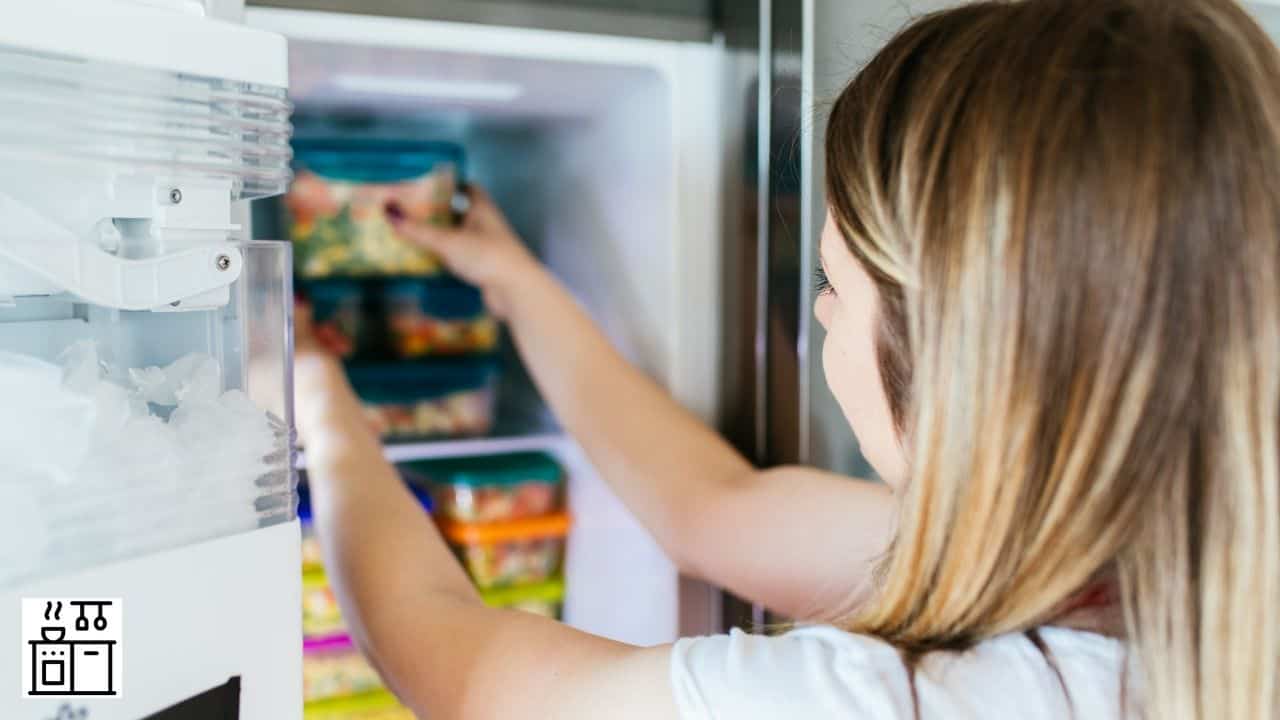

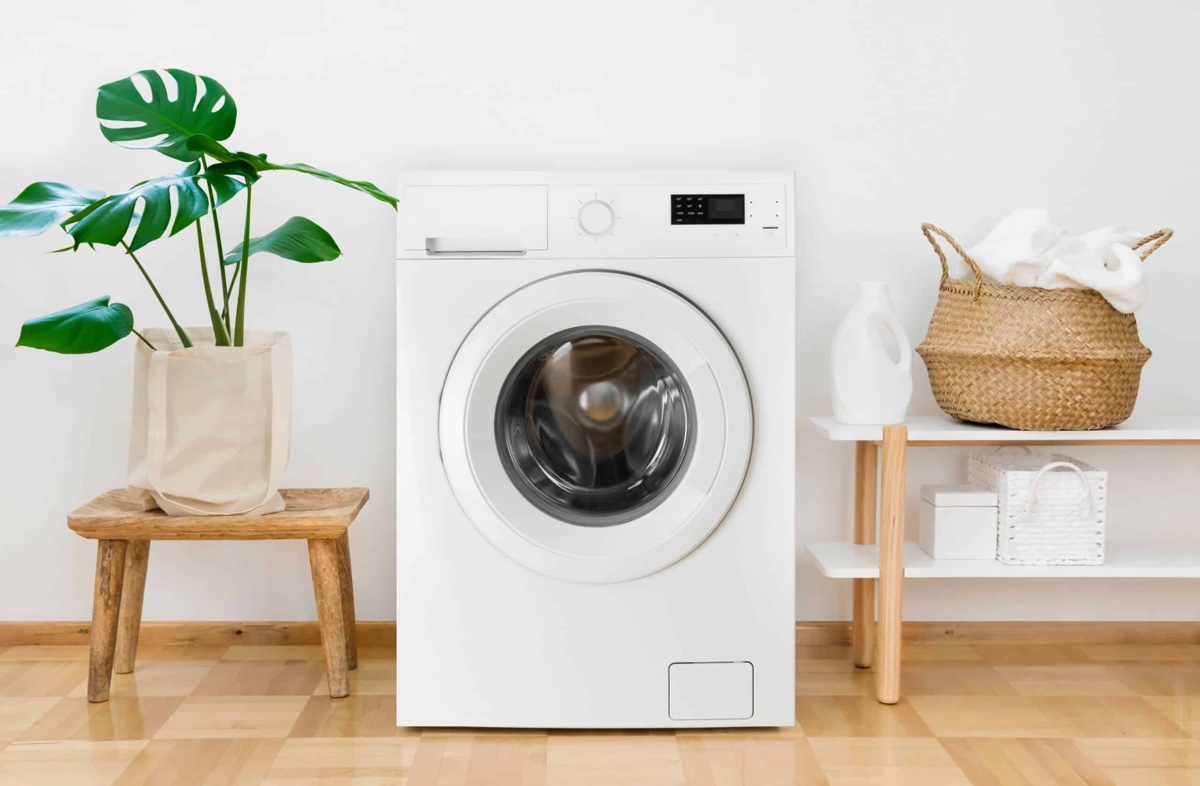
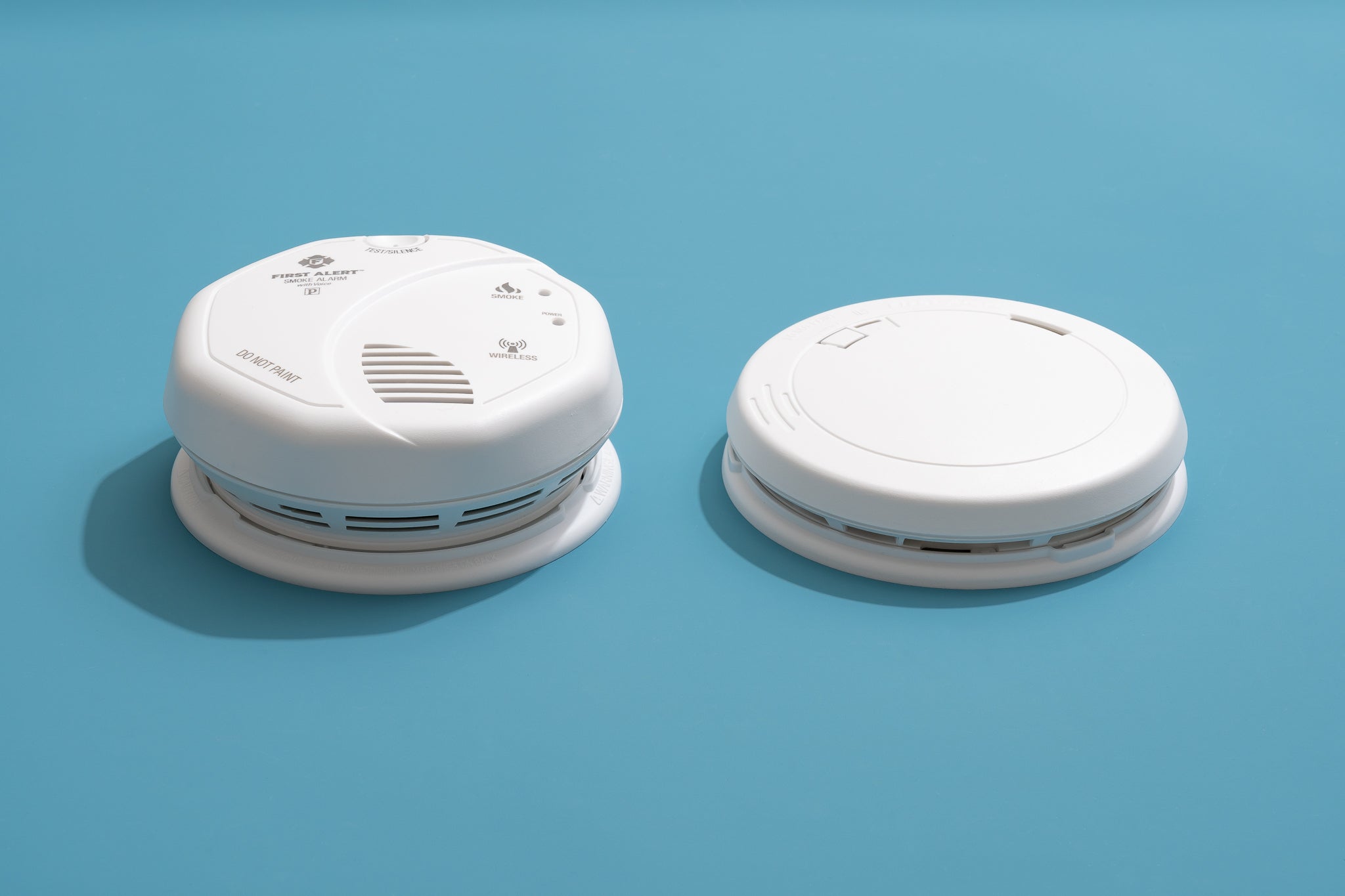
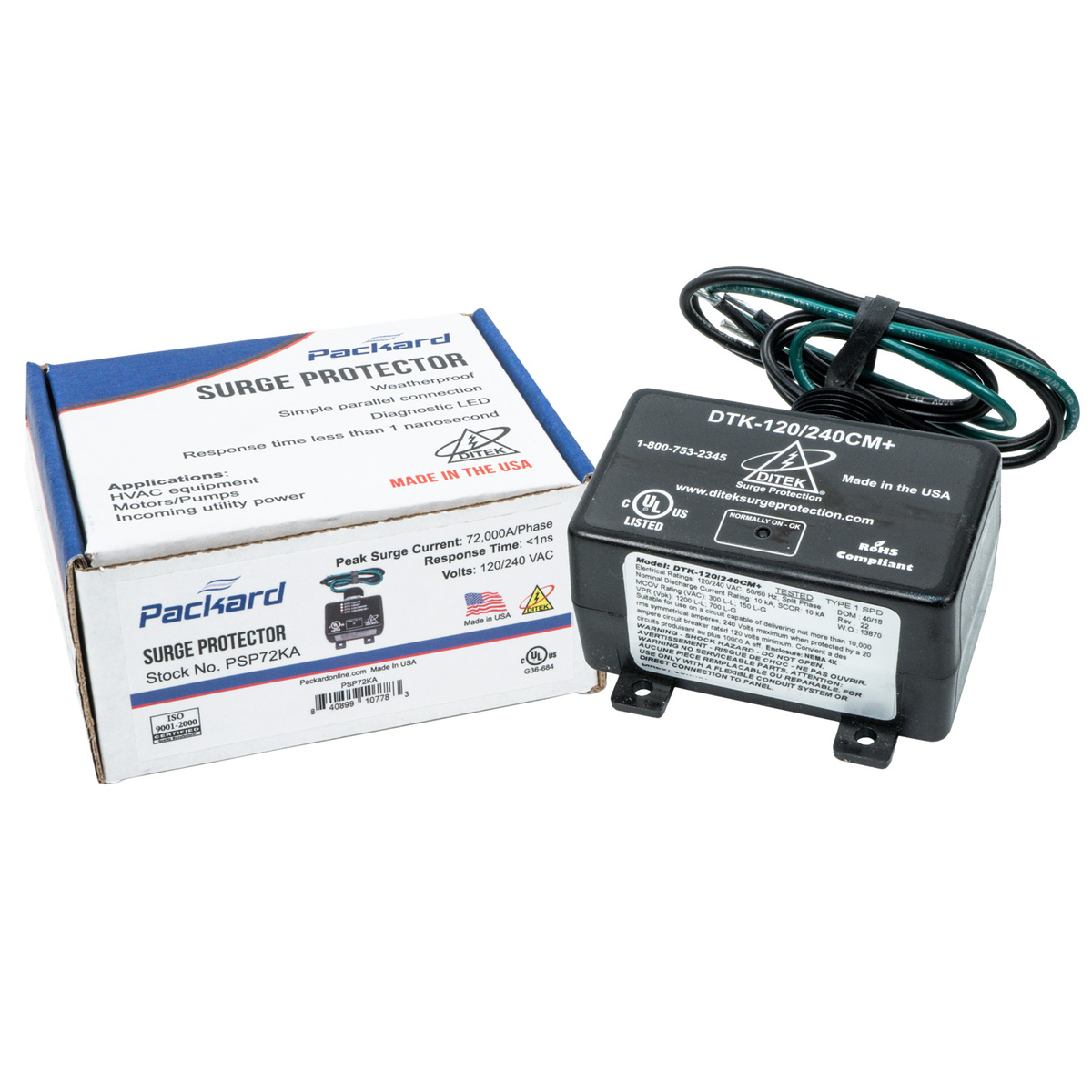
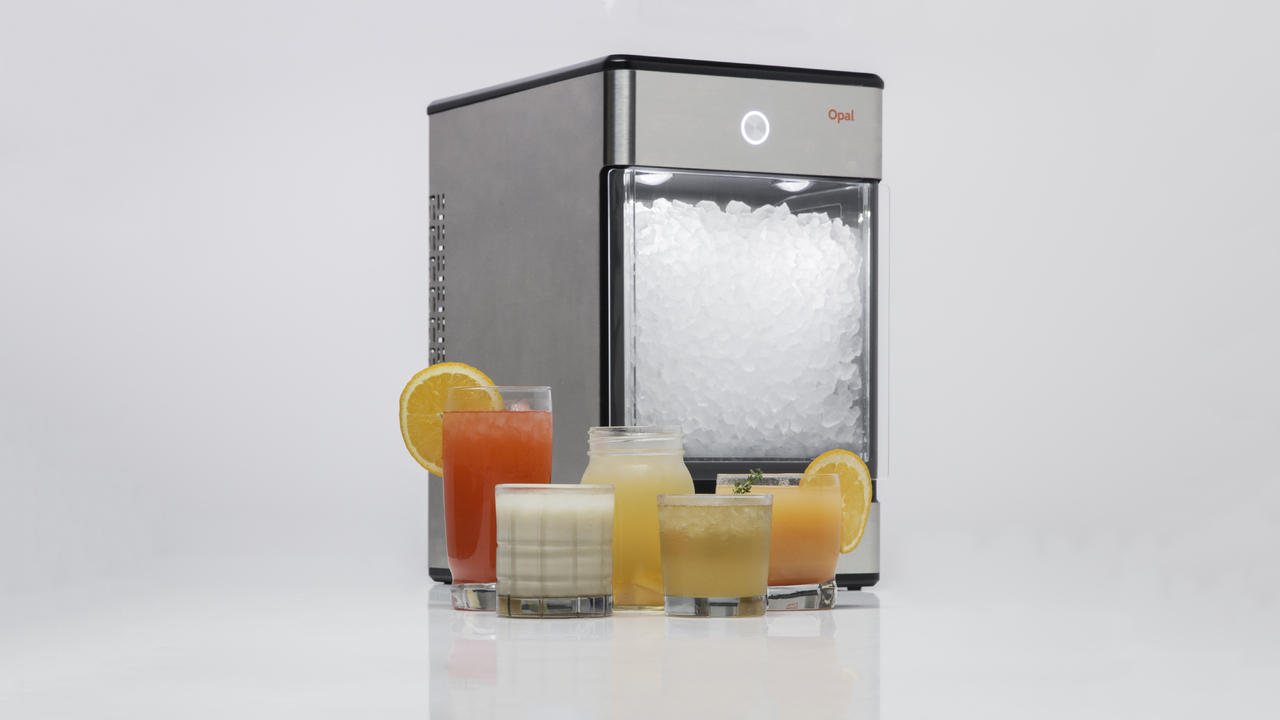
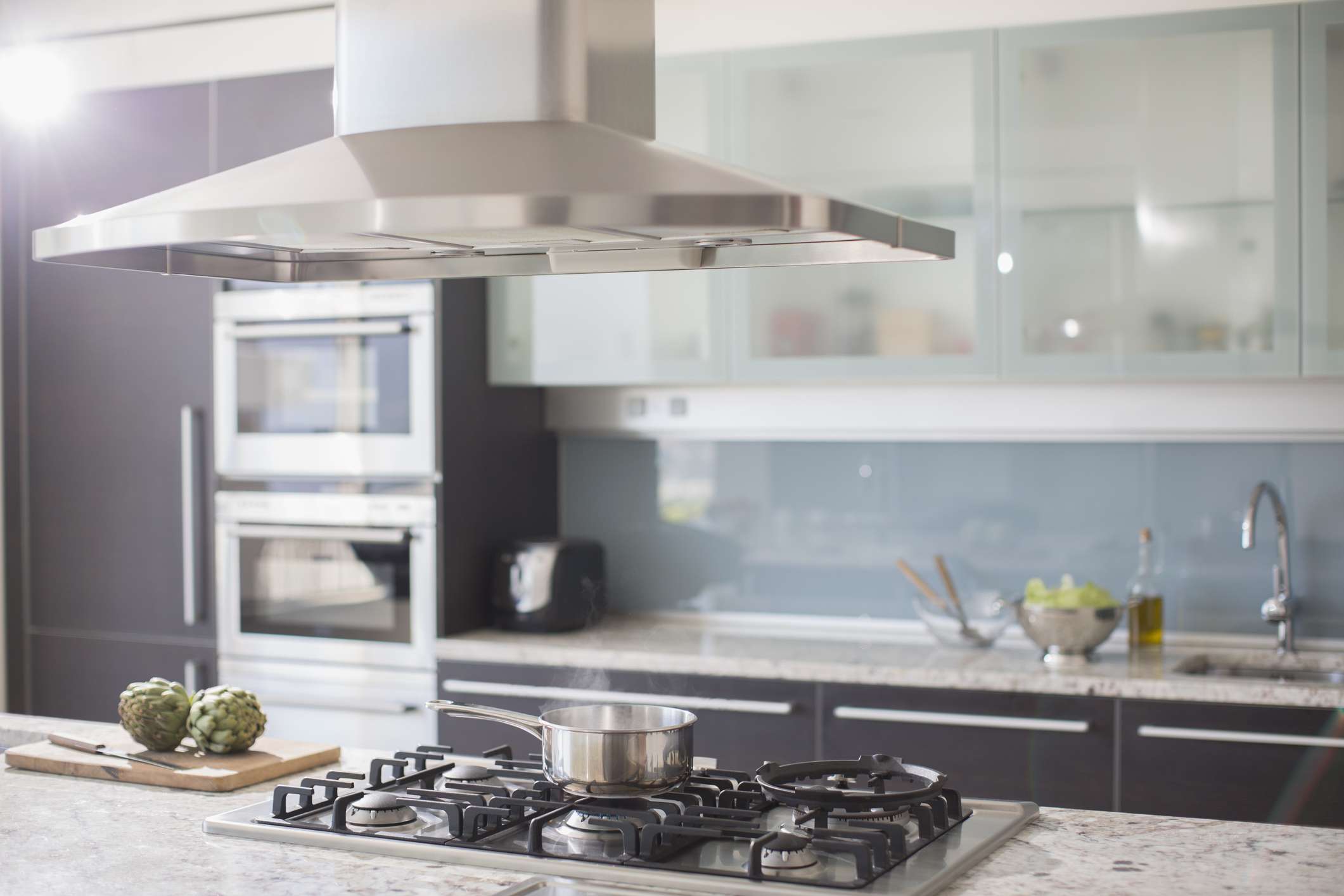
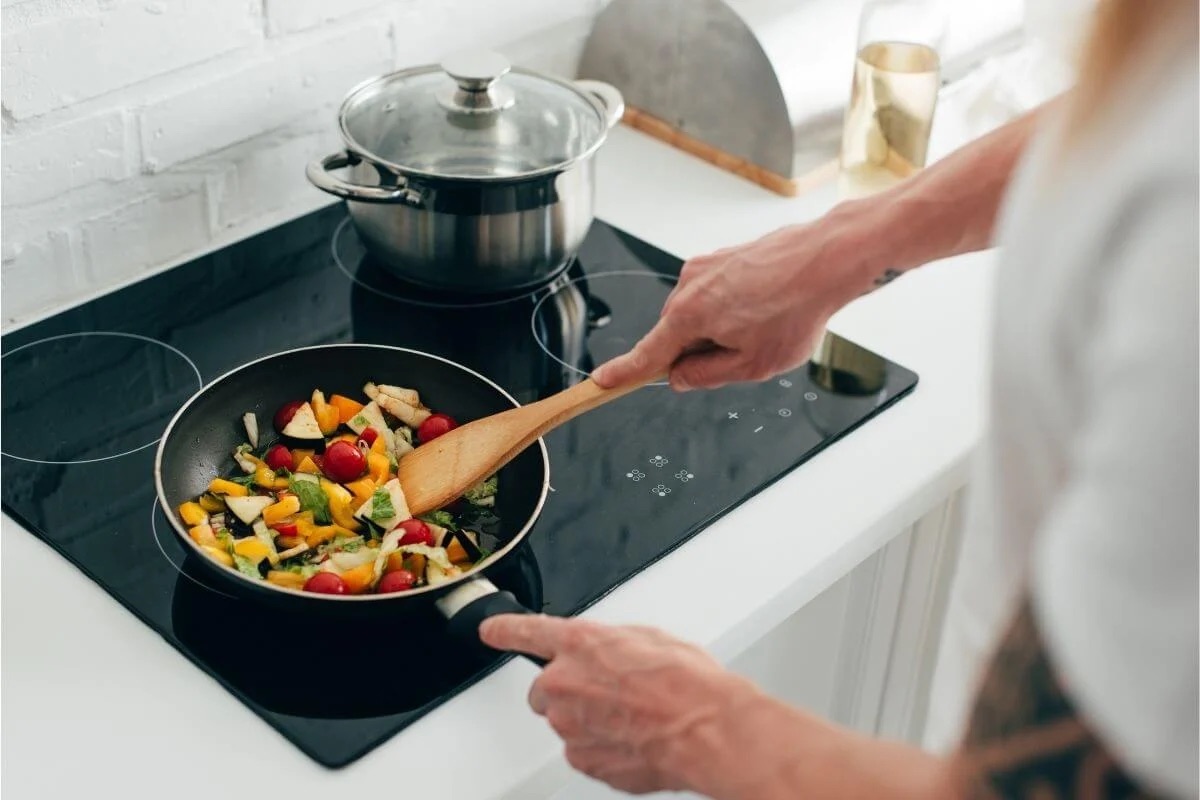
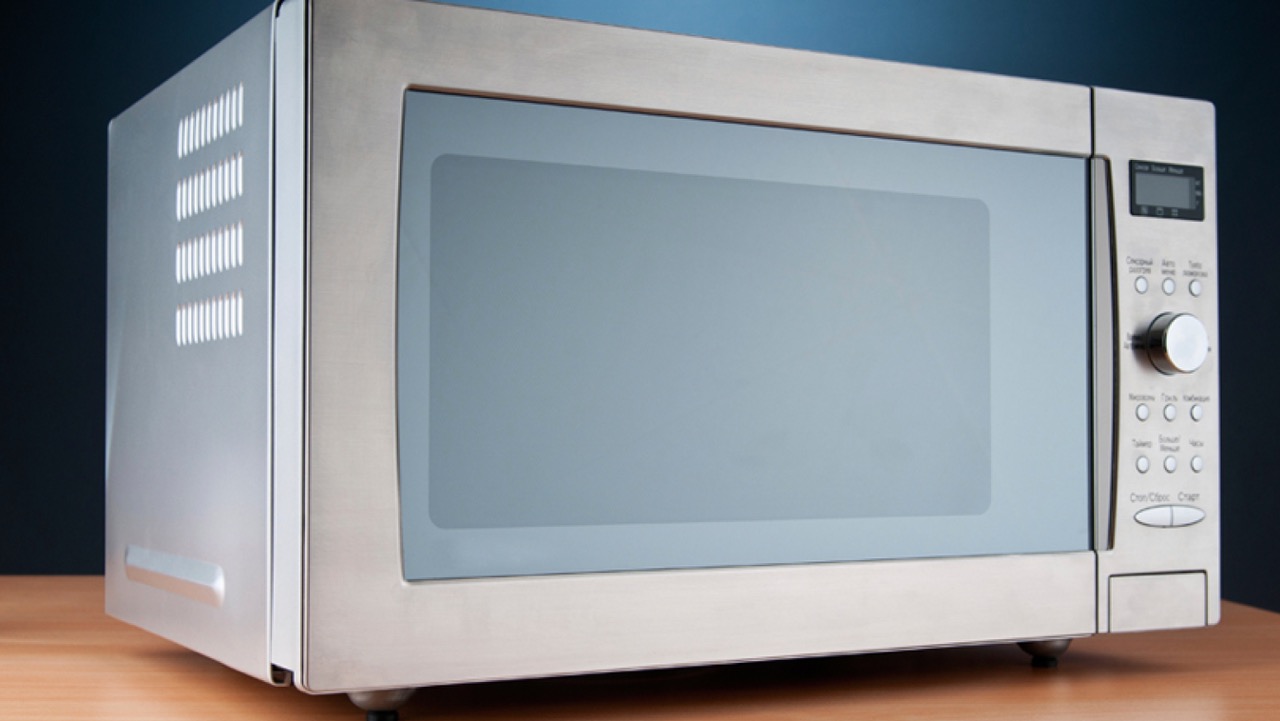
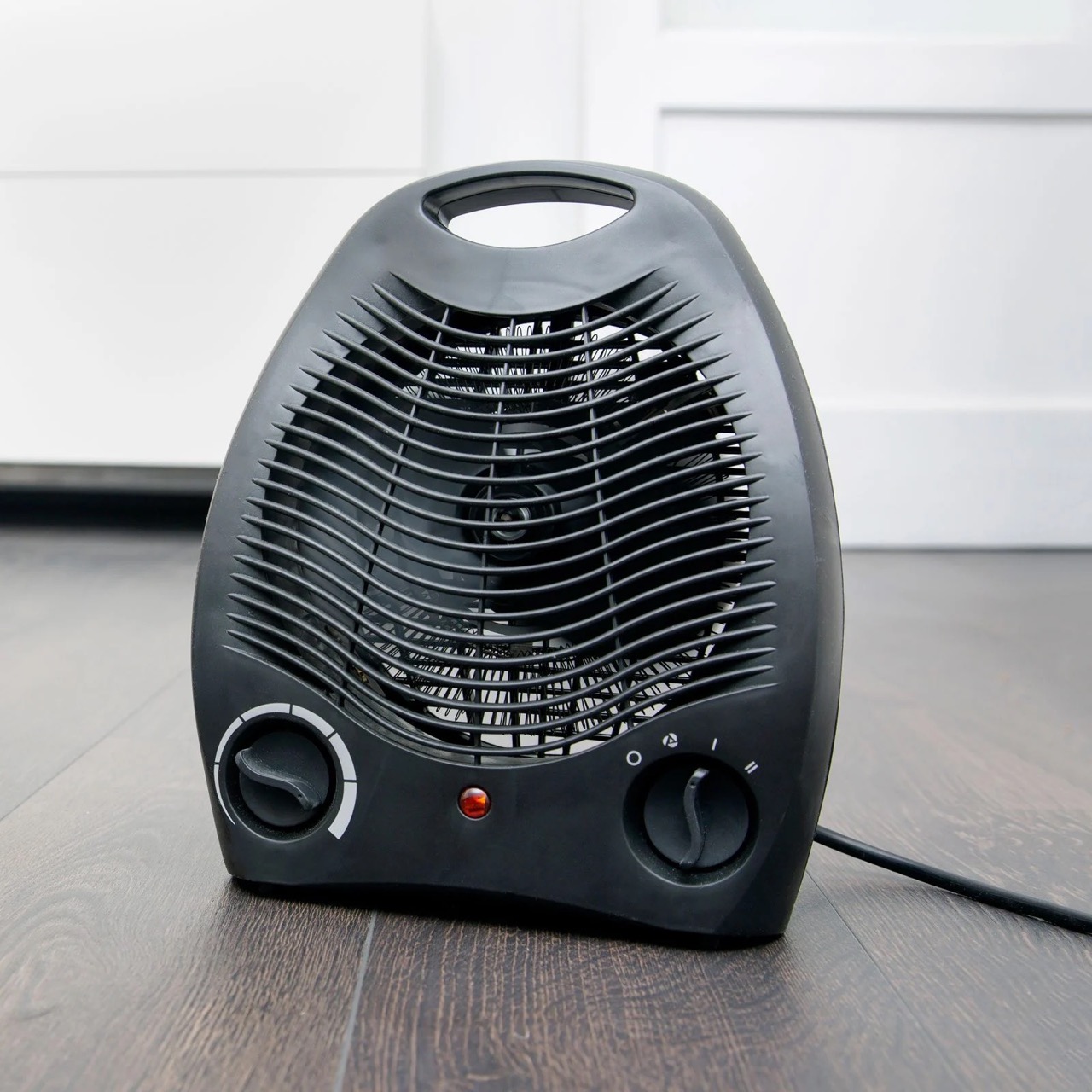
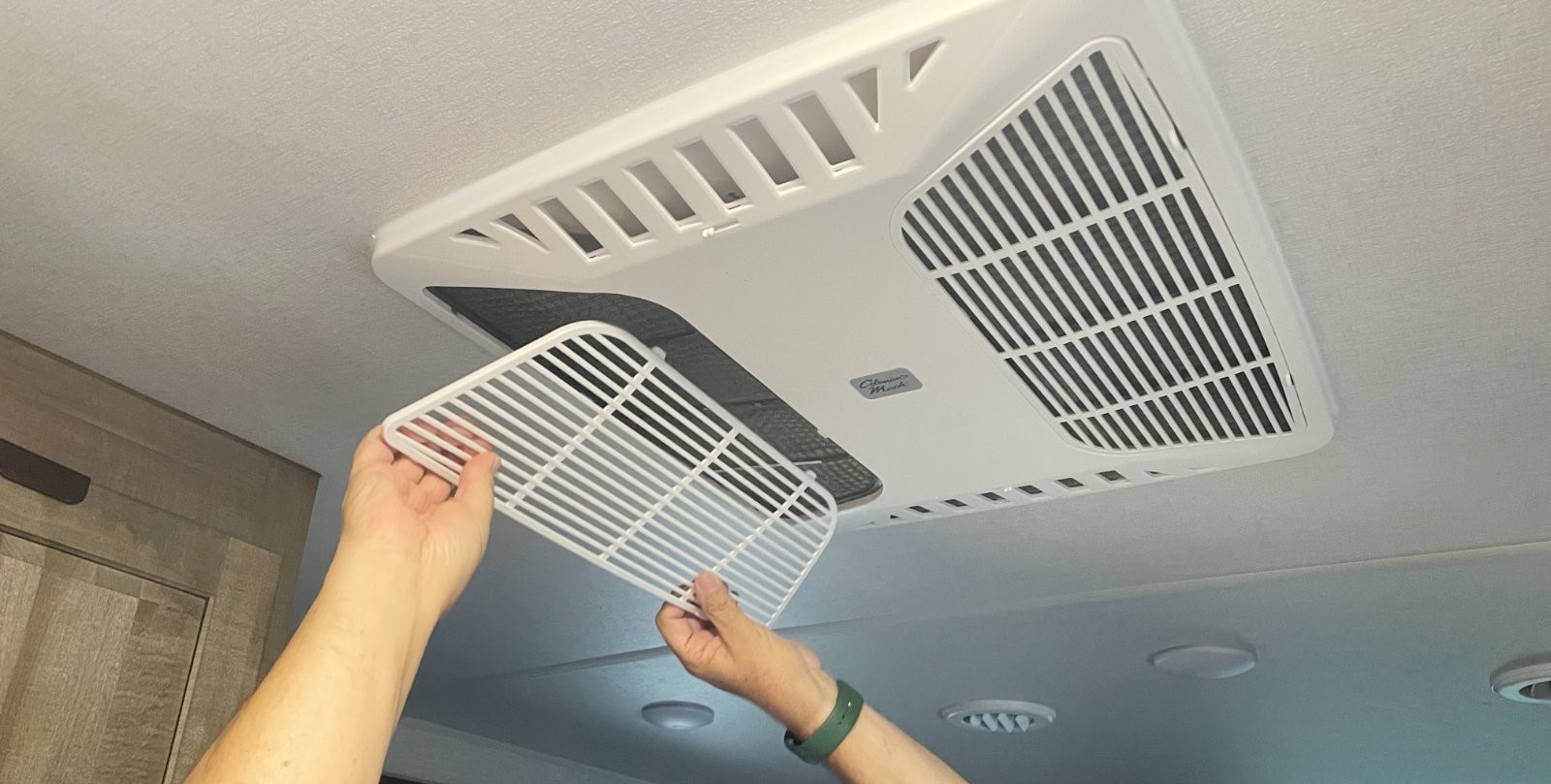
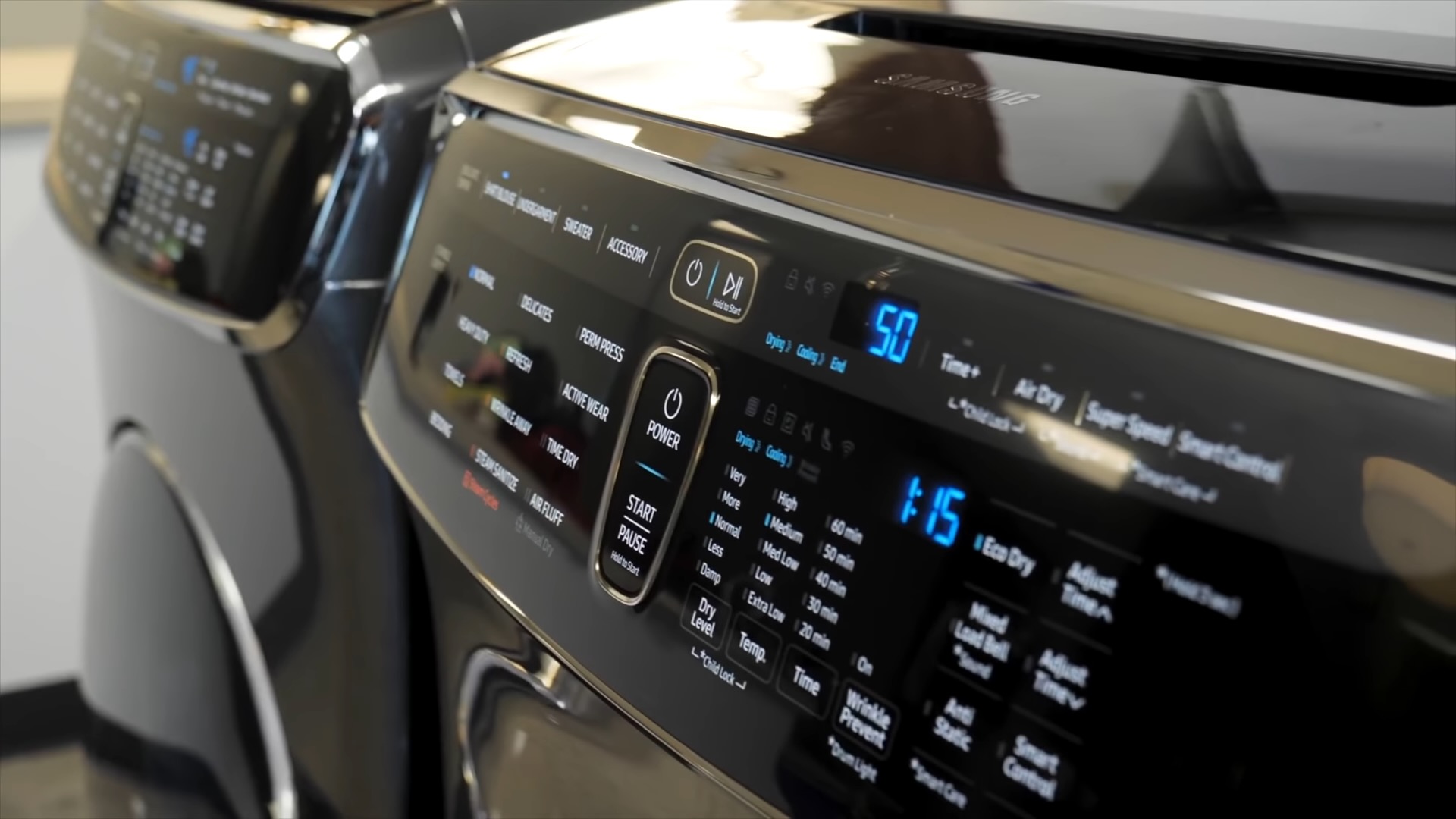
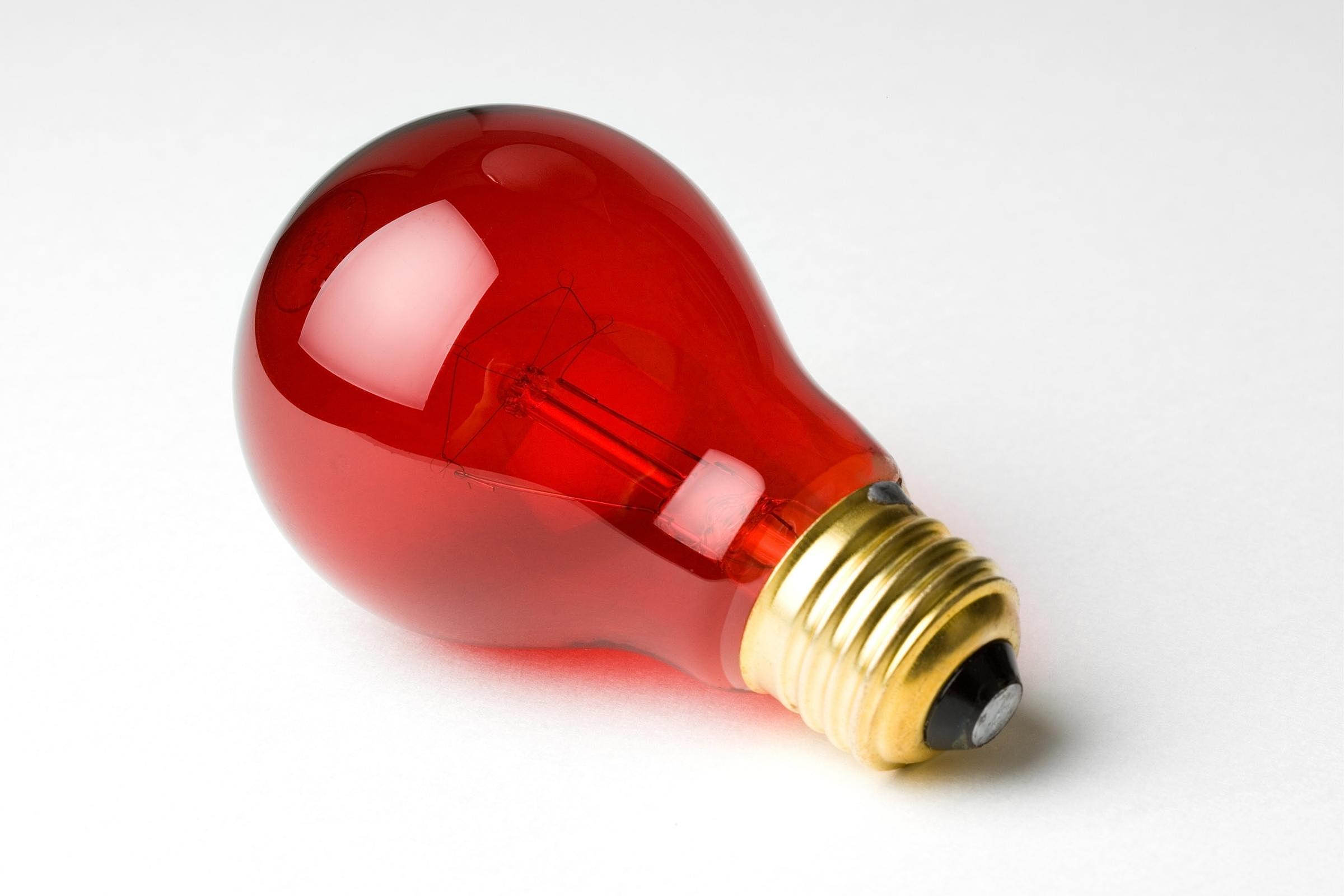

0 thoughts on “How Many Amps Does An Electric Skillet Use?”